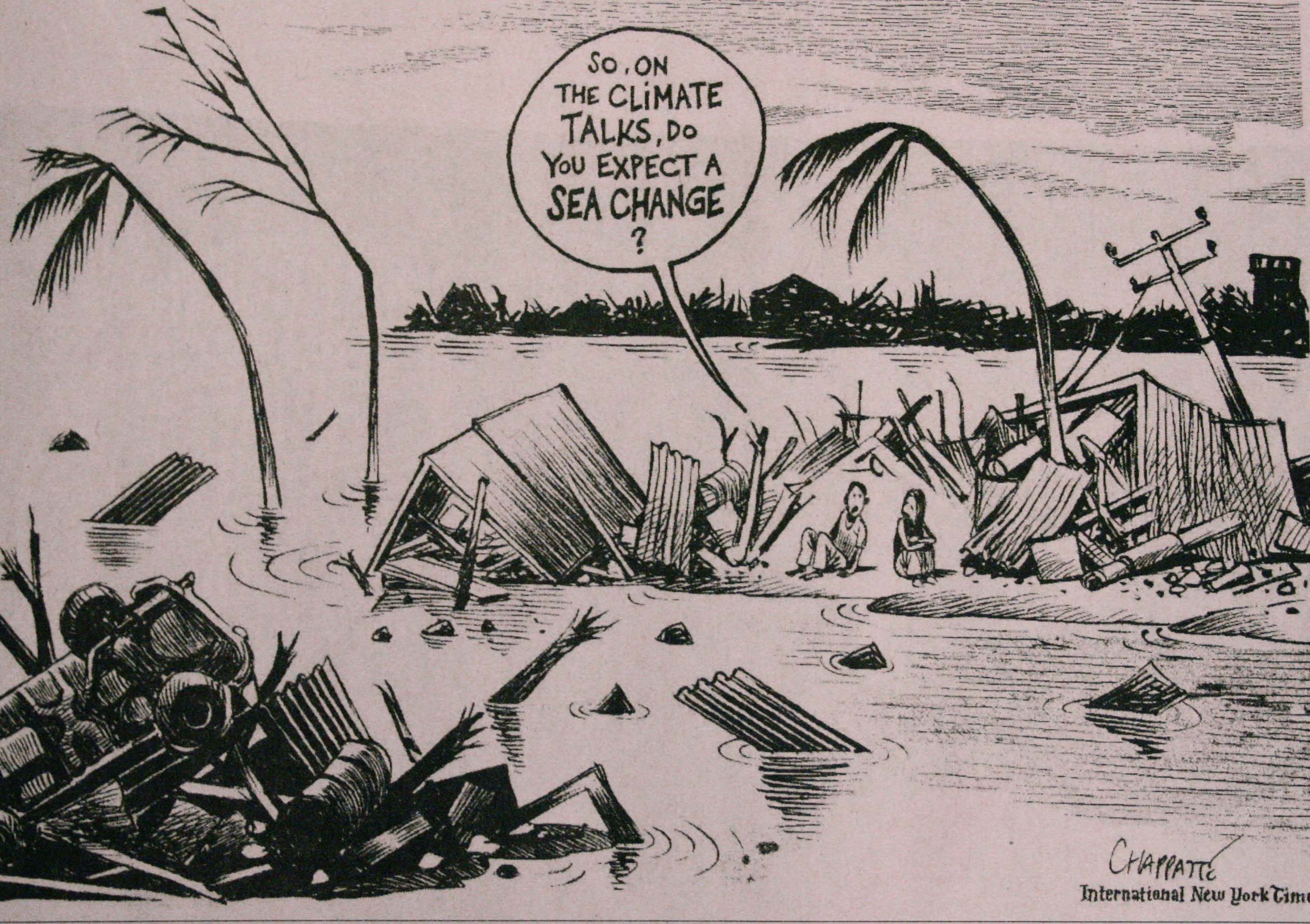Today here in Warsaw, Poland at the 19th annual Conference of Parties (COP) of the United Nations Framework Convention on Climate Change (UNFCCC) we stated a very intense week. Social development is associated with climate change. The experience of the events like COP gives the best orientations looking for 2020.
At the press room with the Blue Green Alliance Foundation discussed environmental, business and U.S. climate action plan. The emissions in US are down, renewable energy are double, and others many efforts. Another importance fact is the indicative of USA and Canada. It is address the climate change. The experience of USA and the investment is importance and had created many jobs. This approach with economical, shows regards actions climate plans, managing the politics with a low carbon. For the USA view in the last years dramatic changes in energy had became grow, natural gas was 71% and a trend of this process it´s support by national actions. Obvious it is crucial what is doing USA with one of the second historical emissions, the dynamic it’s changing with a momentum where the plans move for face out public finance to implement green gas lines. USA politics support actions to reduce. And we should not where a lot of flexibility from USA in the COP.
The COP19 can provide a driver international agreement. Really, the COP19 it is also about 2015 and 2020 that are getting most of the attention, and right fully so. In Copenhagen in 2009, international parties committed to reduction targets for greenhouse gas emissions that have a deadline of 2020.
The ministers had arrived today at the stadium; let´s see what they will play. It´s necessary more clarity and balance before after and before 2050. The applicability to all the countries is a key concert. It is a high expectation for this ministerial meeting at COP19.
A chocolate cake without chocolate, it´s how is called the finance negotiations here in Warsaw, negotiations of a new system for that the developing countries asking by this mechanism are being blocking by Australia and Japan.
Loss and damage are on the face people here say. During the afternoon we had the high-level segment with the presence of H.E. Mr. Donald Tusk, Prime Minister of Poland; Mr. John Ashe, President of UN General Assembly and Mr. Ban Ki-moon, Secretary-General of the United Nations.
Can some seconds make our memory see our short history in the universe and that we are just guests in the planet. The plenary section started with a very inspiring song and draws on the sand and light. We all hope that this will touch and heart of all the ministers and people involved at the COP19 that we just have one house and we need to build how we want live. Because I care!

The Prime Minister of Poland cited during his speech the accident in Fukushima and the climate change it’s a fact and evident. In the speech of Mr. Ban Ki-moon, that we are sharing responsibility and also mention the victims of Philippines, to science is clear the human influence on climate change, and sited the places that hi visited this year like Sahara or Greenland where he his climatic conditions put in risk social security. The scale of ours actions in the COP is not sufficient, but he also sees some hope in low carbon future. Voices of civil society give support the scientific recommendations, the IPCC had make a very clear report about the climate change phenomenon.
Success in Paris means solutions and negations, in the crucial time for your country and your neighbor. In the speech of Mr. John Ashe, he said that we are not strangers in these negotiations with the same arguments. Just one human family in the same circumstances, we must reach a deal in 2015 by the necessity of all. Climate change play an important role, we all faced. It is necessary be realistic for a sustainable developed. We who are ONU family must reach a agreement.
The real implementation witch knowledge and experience of the countries we can use good solutions. The world is became frustrated under the convection, they recognize the share responsibility. What had changed? As we approach 2015, do not for yourself do it for the next generation, yes will do something. Africa continent suffers with climate change while had a small contribution on the emissions of carbon at the atmosphere▄











